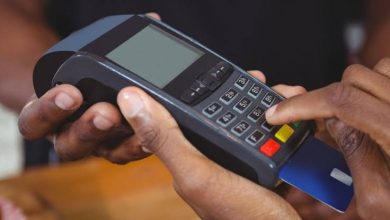Türkiye & Nigeria: Trade Growth Target
Deputy Ambassador Reveals Plans to Scale Up Bilateral Trade and Attract Massive Turkish Investments in Nigeria

The Republic of Türkiye is working to scale up its current 40 billion dollars volume of trade with Africa, and its one billion dollars bilateral trade volume with Nigeria.
Turkish Deputy Ambassador to Nigeria, Elif Durdu, told the News Agency of Nigeria (NAN) in Abuja that Türkiye was exploring ways to increase the Turkish-Nigeria trade volume to five billion dollars.
She noted that Türkiye and Nigeria are significant players in their respective regions but the current volume of trade between them did not reflect their potentials.
Durdu said records had shown that the two countries could offer much more in terms of bilateral trade relations, adding that this could only be done by scaling up their trade ties.
She said that Türkiye was already deliberately putting in place measures that would attract massive Turkish investments to Nigeria and other African countries.
“Türkiye is striving to address this issue by increasing bilateral contacts, alongside attracting Turkish investments to Nigeria.
“Türkiye, through her Africa Partnership Policy, also aims to promote the trade volume with the African Continent.
“This is around a total of 40 billion dollars as of 2024, and Nigeria plays a special role in that goal,” she said.
According to the Turkish envoy, there are many Turkish companies already operating in Nigeria, which are fully engaged in multi-million dollar businesses and projects.
For instance, she said, Hayat Kimya, a Turkish company operating in Ogun, had invested about 200 million dollars in the production of chemical and hygienic products, toilet papers, and diapers.
Durdu further said that Ülker, another Turkish company, invested around 50 million dollars in the production of biscuits and chocolates under the brand name McVitie’s.
The deputy ambassador added that Direkçi, a Turkish trading company, also invested about 22 million dollars in four Nigerian states of Jigawa, Niger, Kano and the Federal Capital Territory, Abuja.
“The main project areas of this company are farming, livestock, poultry, and soya beans production.
“In addition, Turkish large scale construction companies, along with the ones that are active in the energy sector, are willing to take part in important infrastracture projects in Nigeria.
“The total cost of completed construction projects of various Turkish companies in Nigeria is about 2.8 billion dollars,” she added.(NAN)




